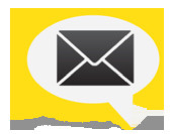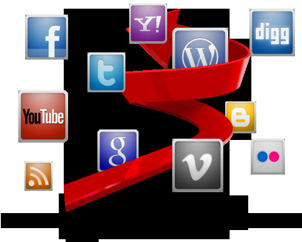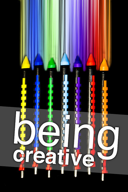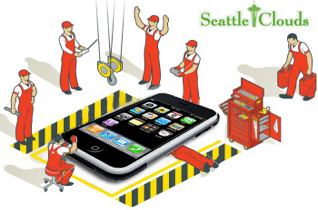Regardless of the studies you read, somewhere north of 90% of all internet users check email. Roughly the same percentage use search engines, so you can’t afford to ignore either. The thing is that there is a major difference between email and search engine optimization.
Search engine optimization is great for building awareness and acquiring new customers while email is best at retaining and upgrading existing customers.
Your marketing plans should include search, social, PPC, and other awareness building channels to get new sales and email sign ups, but once you have those sales and sign ups, optimizing your email campaigns can result in increased revenue per customer and in greater overall profitability. Just as an example, one email campaign that I helped to optimize just last year resulted in enough revenue to pay for an entire year’s worth of a full digital marketing program.
Know Your Audience

By knowing more about your audience, you can send special offers only to those that haven’t bought in a while, use calls-to-action that appeal more to men or women or people in certain parts of the country, design different versions of your email to go to people that love sports or gaming or anything else. The more that you can increase the relevance of your email to the recipient, the greater chance you will have of them responding.
Provide Incentives

Create an incentive by offering a sign-up bonus, weekly or monthly bonuses, discounts or bonuses on every purchase your subscribers make, giving them access to very relevant information about your business and affiliates, among other freebies. Reward your customers with a coupon if they like your posts on your social media pages, or enter them into a jackpot when they refer their friends to your website.
WARNING – Do not overuse incentives though. You don’t want to become like American car dealers that can’t sell anything unless it’s severely discounted, and you don’t want to be one of those services that always sends a 10% off coupon after I abandon my cart. Use incentives only to move you toward your goal and only when they are highly relevant to the recipient.
Promote

Conversely, you can put in your email newsletter that people that like your Facebook page sometimes get access to deals no one else sees. If I receive your emails, what do you think I’m going to do when you tell me that?
Use Creativity

However much you write unique and interesting content though, no one will read it if the headline is boring and flat. You can test the creativity of your newsletter by reading it and honestly gauging if you would read through it all if you were a customer. Another way to test subject lines, headlines, and other parts of your marketing is to use PPC to see which headlines get clicked on more, split test your email sends to see which subject lines get opened more, or even email a few of your subscribers and say, “If we wrote about X or Y, which would be more interesting to you?”
Implement a Mobile Version

When I design emails, I generally try to keep them to 480 pixels in width. This ensures that they fit easily on iPhones and most Android devices, and it’s typically not so narrow that it looks odd in Outlook, Hotmal, Gmail, and other email providers.
Leave a Reply
You must be logged in to post a comment.